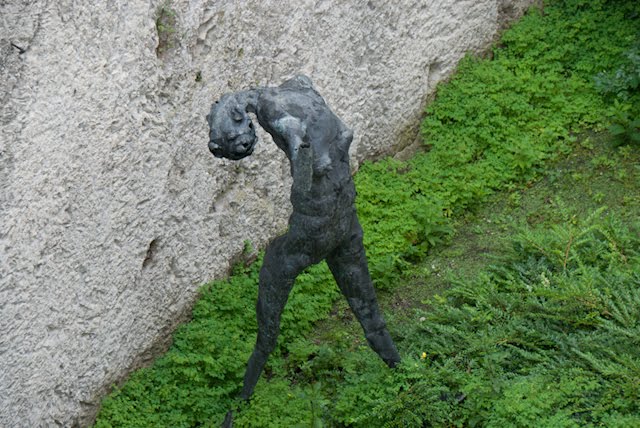I sent some of my corresponders an email on this, but thought I would share it here for any who didn't get the email.
Tonight, on Nov. 21, a Blue Moon will occur. Most of you will dispute that, thinking that a Blue Moon is one in which a full moon occurs for the second time within a calendar month and tonight's will be the only full moon of November. You would, in fact, be incorrect. Not wrong that there is only one full moon in November, that is true. You would be wrong because that is not the true test of what a Blue Moon is.
To understand why tonight's moon is a Blue Moon we have to step back in time a bit. In most years there are 12 full moons a year, and 3 for each season. Way back when, Monks and the Catholic church often kept tract of their important dates by the cycle of the moon. Each season had a name for its 3 full moons, such as the early summer moon, the midsummer moon and the late summer moon, and keeping track of these three moons was important for keeping track of other stuff. Occasionally, however, a season had a fourth moon and the old guys who kept the reckoning would be thrown off track. They didn't want to call the third moon the late season moon, since there was still one moon to go which really would be late in the season, so they called the third one a Blue Moon; the second moon remained the midseason moon and the fourth moon became the late season moon. Tonight's full moon is followed by one on, coincidentally, Dec.21, so it is the third of four moons in the fall season. It is, therefore, a Blue Moon.
But wait, some you who are paying attention to the calendar will say. December 21 is the first day of winter, so its full moon is not the last moon of fall, but the first moon of winter. Again, so saying you would be incorrect. Technically, winter starts with the winter solstice, not at 12:01 a.m. of the day of the solstice. The winter solstice occurs this year at 6:38 p.m. EST on December 21. However, the moon turns full at 3:13 a.m. EST, more than 15 hours before the solstice. Indeed, the moon will rise and set before the solstice occurs and thus appears entirely during the last hours of the fall season.
Sunday, November 21, 2010
Subscribe to:
Post Comments (Atom)



No comments:
Post a Comment